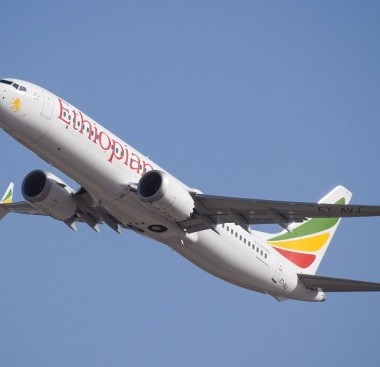Signal Ocean Dry Weekly Market HIghlights - Week 43.2024
15 hours agoThis week's market highlights provide an overview of the latest trends in the dry bulk Capesize vessel segment and the tanker VLCC segment at the end of October per trading route.
DRY CAPESIZE
The dry bulk freight market is continuing to experience weakening momentum across large vessel size categories, notably impacting Capesize routes. Rates for Capesize shipments from Brazil to North China, which have been on a downward trajectory since their peak in week 39, have now settled at $20 per ton. This rate reflects a 14% drop from the previous week and a significant 25% decline from last month. The trend is mirrored across other major trading routes in both the Atlantic and Pacific basins, where Capesize rates from South Africa to North China and Brazil to North China fell by 26% and 25% month-on-month, respectively.
The weakening trend extends to the Caribs and Brazil-to-Continent routes, where freight rates have declined by 17% over the past month, with current rates averaging around $11 per ton. On the West Australia-to-China route, freight rates appear to have bottomed out at $9 per ton last week, representing a 25% decrease from the previous month. This market softening coincides with ongoing fragility in the iron ore sector, driven by concerns about steel demand, especially in China. Data from the World Steel Association reveals that global crude steel production in September fell by 4.7% year-on-year to 143.6 million tons. China's output, which represents a substantial portion of the global total, declined by 6.1%, reaching 77.1 million tons. This contraction in steel production, especially in the world’s largest steel producer, is dampening iron ore demand, exerting further pressure on the freight market as shipping volumes wane. Given the latest trends, the outlook for dry bulk shipping in large vessel categories remains challenging, as reduced steel demand and volatile iron ore prices add layers of uncertainty. The market is now closely monitoring Chinese industrial activity and potential global economic adjustments that could influence both steel demand and, consequently, freight rates in the coming months.

Image 1: Capesize Market Prices, ($/ton) 2023-2024
TANKER VLCC The final week of October closes with stronger momentum in VLCC freight rates on the AG-China route, even as concerns about future demand linger, with projections for Chinese oil demand still appearing lacklustre. Rates for VLCCs on the Middle East Gulf (MEG)-China route have climbed to 58 WS, showing a similar sentiment for the MEG-Singapore route. Meanwhile, the West Africa-China route has also risen, with rates surpassing 60 WS—a notable 15% increase year-on-year, highlighting robust demand for VLCC tonnage on long-haul routes. The International Energy Agency’s (IEA) October Oil Market Report tempered expectations, forecasting a global oil demand increase of just 862,000 barrels per day (bpd) for 2023, down from the 903,000 bpd increase projected in the previous month’s report. This revision reflects weakening consumption growth in China, a key driver of global oil demand in recent years. Concerns about the pace of China’s economic recovery, restrictions in critical industrial sectors, and a strategic shift toward renewable energy may all be contributing to this softer demand outlook.China’s role as a major VLCC demand center underscores the impact of the IEA’s downgrade on the broader market. While the near-term momentum in VLCC rates is firm, any sustained softness in Chinese demand could weigh heavily on future rate growth, especially if vessel supply remains abundant or newbuild deliveries increase the fleet size. The market’s current strength is buoyed by seasonal demand for winter oil stockpiling and refinery restocking, but the arrival of new vessels in 2024 could tilt the balance if demand does not keep pace. Additionally, broader economic factors, including possible interest rate hikes and a strong U.S. dollar, may further influence global oil demand and VLCC market dynamics. Shipowners and market participants will be closely watching for policy adjustments or economic signals from Beijing that could either support or constrain oil imports. While the near-term outlook for VLCC rates is positive, persistent challenges in China’s economic and energy landscape may temper future gains, keeping the market on uncertain footing as the year closes. |
 |
Similar Stories

CMA CGM Announcement: The ACI (Advanced Cargo Information) mandatory for import shipments to Libya
View Article
MSC Announcement: Boston office relocating
View Article
Stena RoRo takes delivery of RoPax vessel Saint-Malo with strong focus on sustainability
View Article
MSC Announcement: Port rotation change – USA to SAEC service
View ArticleDomestic maritime, maritime labor unions urge EPA to protect mariner safety and supply chain in California
The American Waterways Operators, the trade association of the American tugboat, towboat and barge industry, and maritime labor unions have written a joint letter to U.S. Environmental Protection Agency (EPA)…
View Article
OOCL signs charter agreements with Seaspan for six new 13,000 TEU container vessels
View ArticleGet the most up-to-date trending news!
SubscribeIndustry updates and weekly newsletter direct to your inbox!





